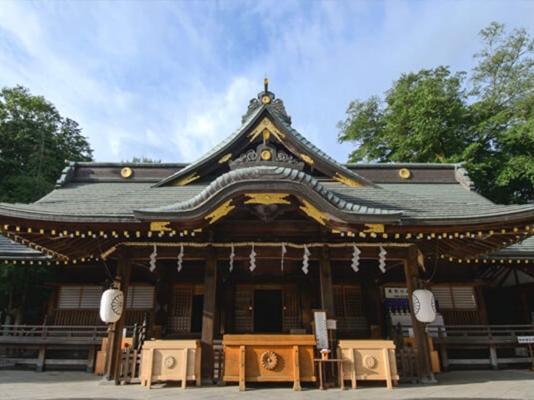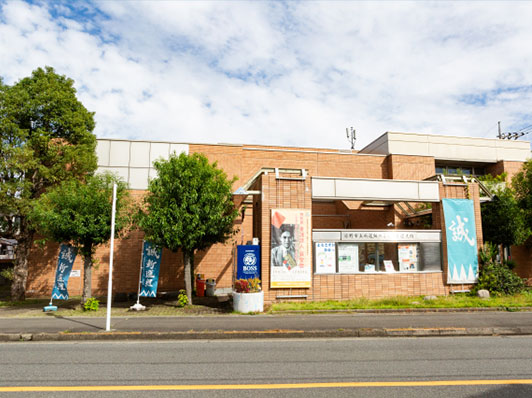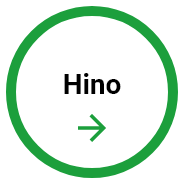
It is also famous as the birthplace of Toshizo Hijikata, who served as the head of the Hakone Shinsengumi, and Hikogoro Sato, who served as the leader of the Shinsengumi's 6th unit. Why not follow in the footsteps of these great men who were active during the turbulent period of the late Edo period?
- Places Associated with the Shinsengumi Series
Hino and Takahatafudo
- Places Associated with the Shinsengumi Series
Fuchu, Chofu, Mitaka
Affordable Ticket
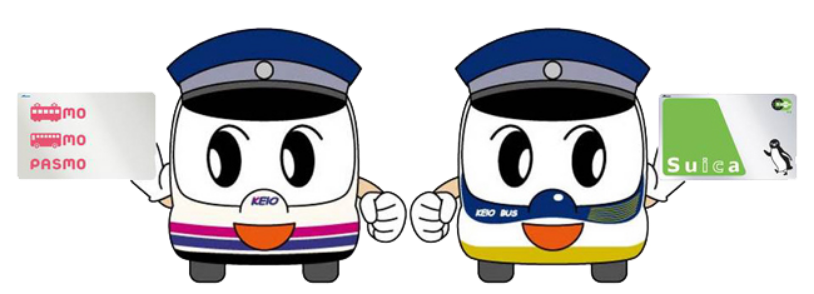

- 9:30
- JR Hino Station
- 9:38
- Shinsengumi Hometown History Museum
- 10:44
- Hinojuku Wakihonjin Site
- 11:00
- Sato Hikogoro Shinsengumi Museum
- 11:30
- Inoue Genzaburo Museum
- 11:35
- Hino Waterway
- 12:00
- Ginza West Hino Factory Outlet
- 13:53
- Takahatafudoson Kongo-ji Temple
- 15:22
- Hijikata Toshizo Museum
- 16:00
- Ishida-dera Temple
- 16:39
- Takahatafudo Station
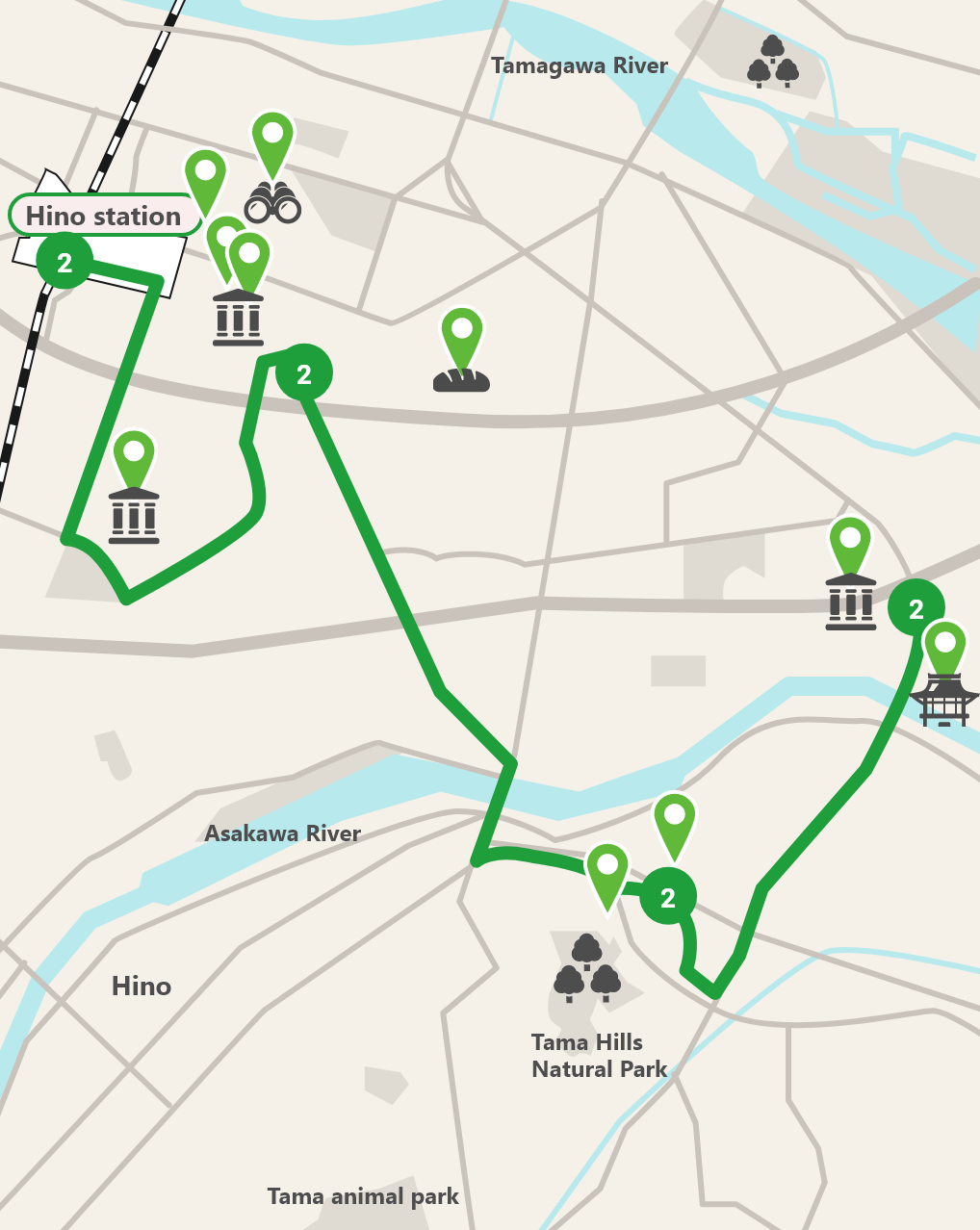
Take the Keio Bus bound for Takahatafudo Station from Fuchu Station (Platform 5)
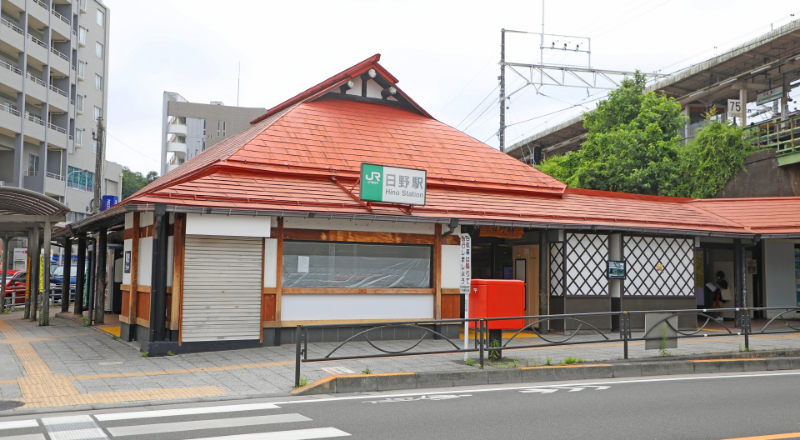
※This is just one example of a route. If you would like to create your own route, please check the bus timetable before boarding.
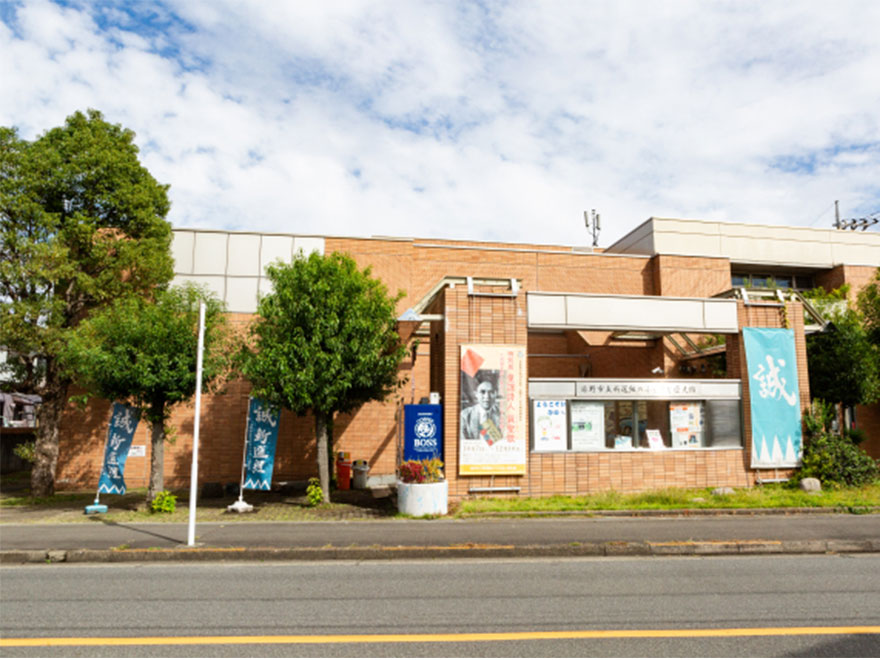

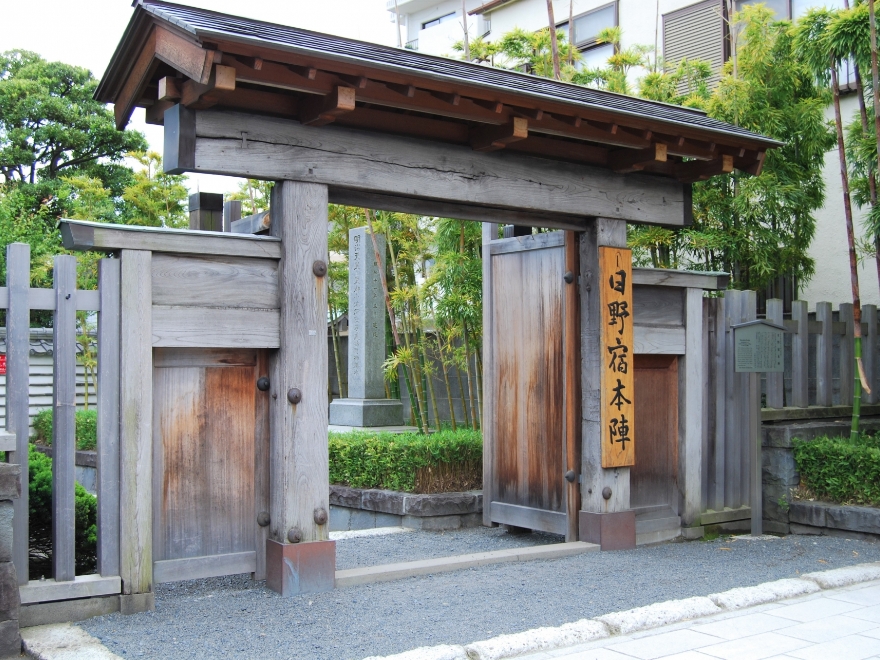

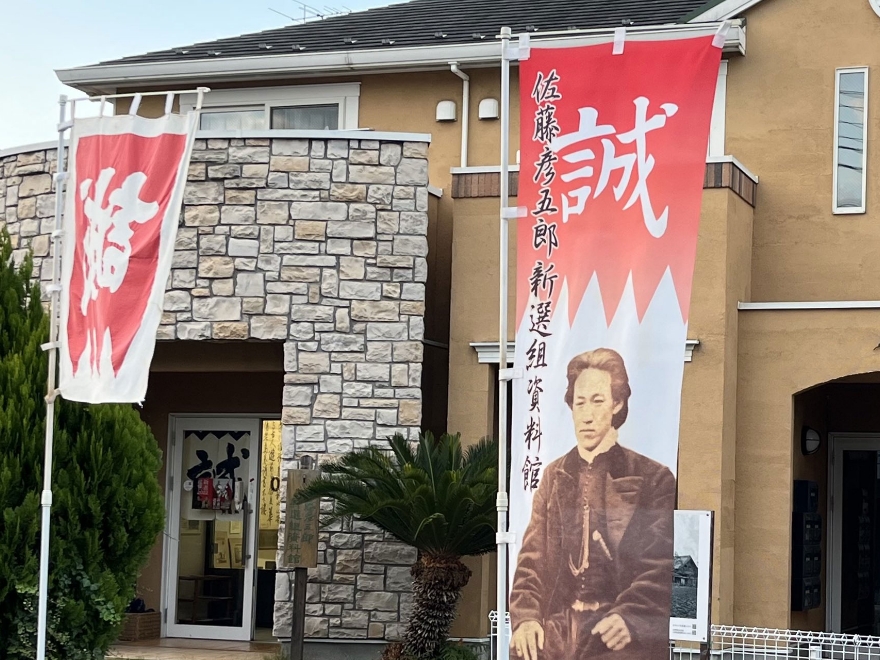

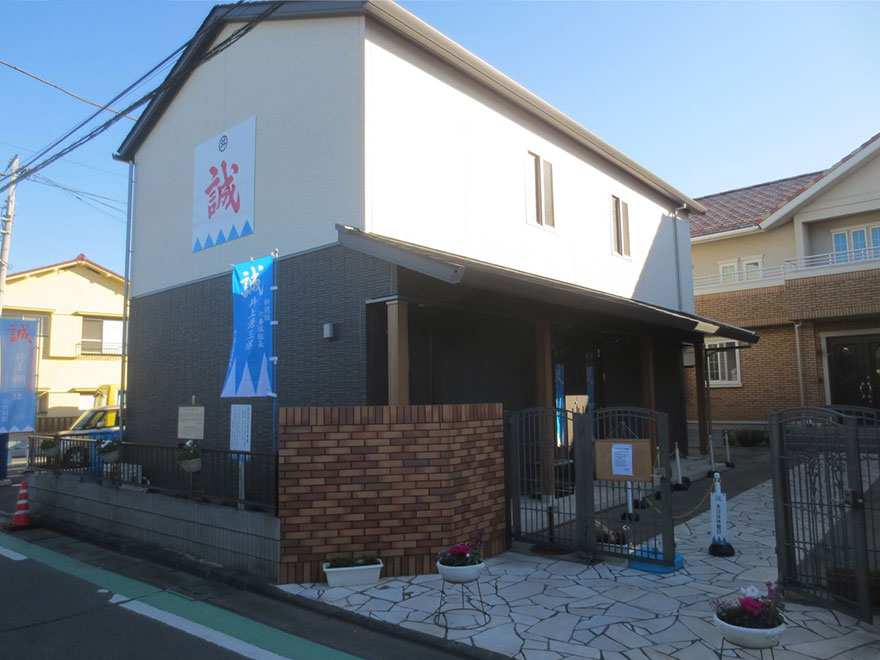

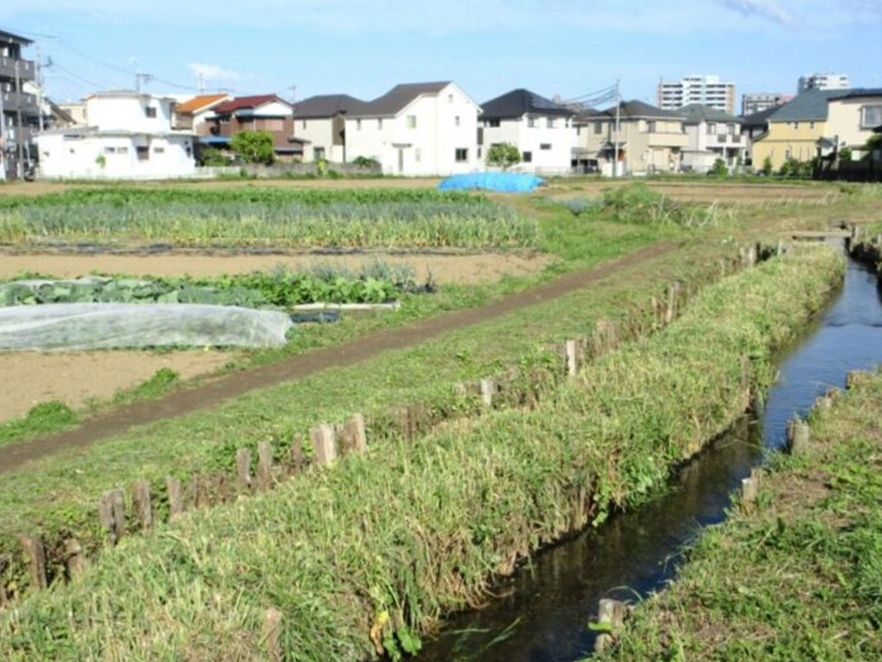

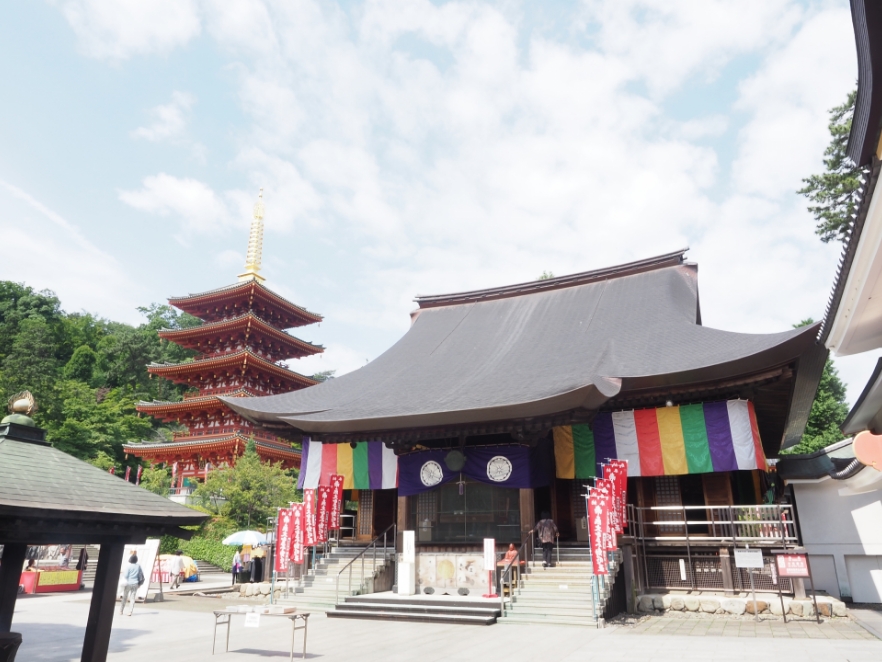

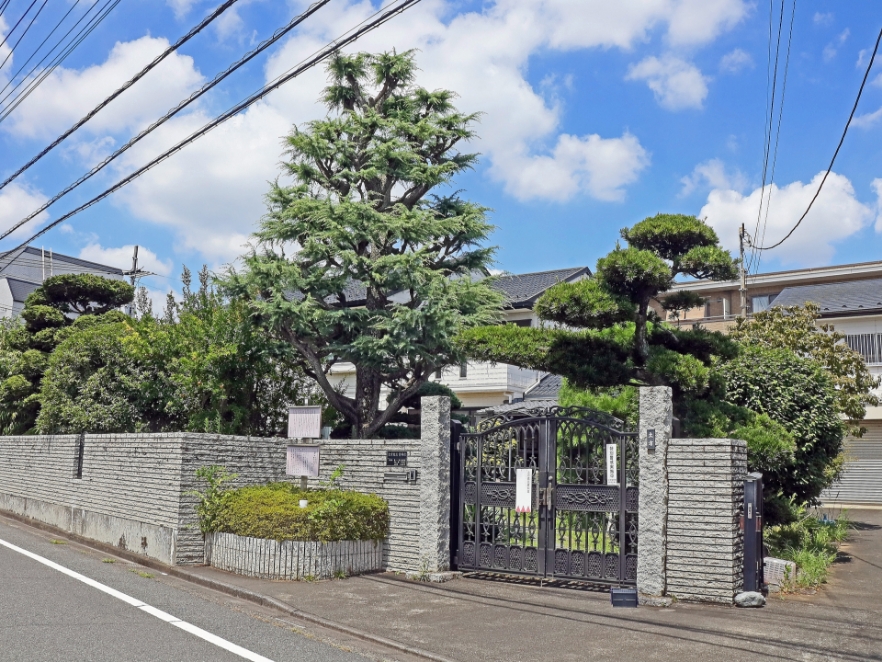

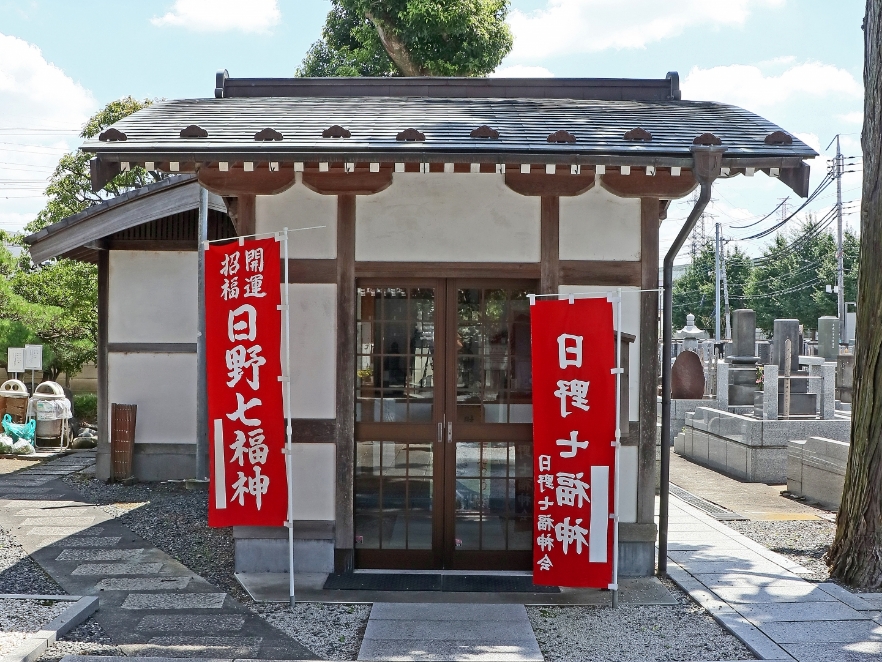

※The fare may be deducted if you bring the card close to the reader before the driver informs you.
※If the charge balance is insufficient, charge it on the bus and use it (1,000 yen bills in 1,000 yen increments)
※Please prepare your PASMO/Suica in advance.


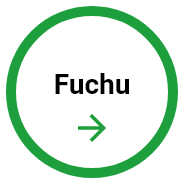
Why not visit these places associated with the Shinsengumi and follow in their footsteps, experiencing a valuable part of history?
- Places Associated with the Shinsengumi Series
Hino and Takahatafudo
- Places Associated with the Shinsengumi Series
Fuchu, Chofu, Mitaka
Affordable Ticket


- 9:00
- Fuchu Station
- 9:10
- Okunitama Shrine
- 10:26
- Birthplace of Kondo Isami
- 11:20
- Ryūgenji Temple (Tomb of Kondo Isami)
- 13:03
- Fuchu Station
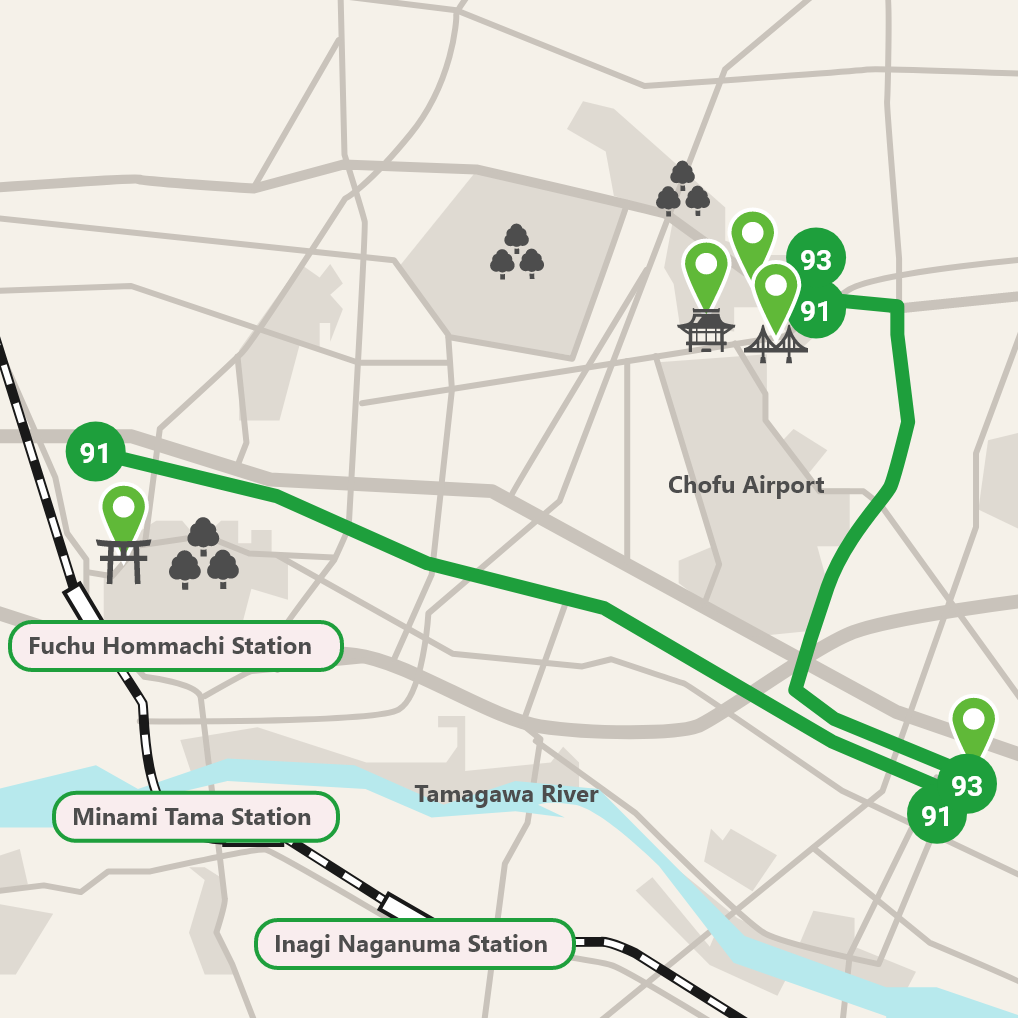
Take the Keio Bus from Fuchu Station (Platform 1) to Musashi-Koganei Station South Exit
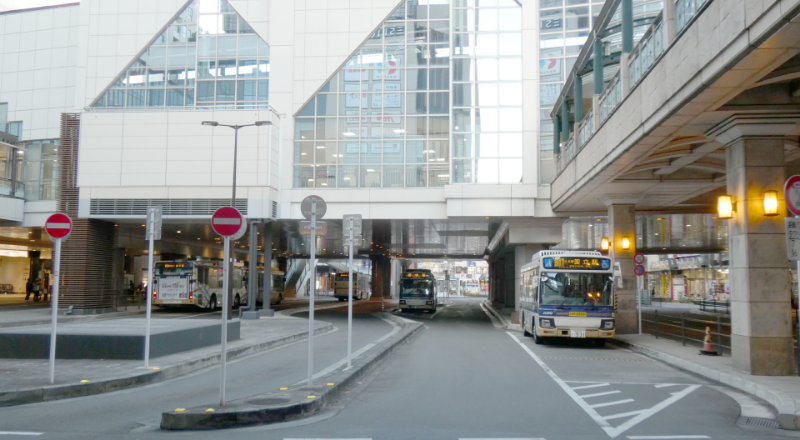
※This is just an example of a route. If you would like to create your own route, please check the bus timetable before boarding.
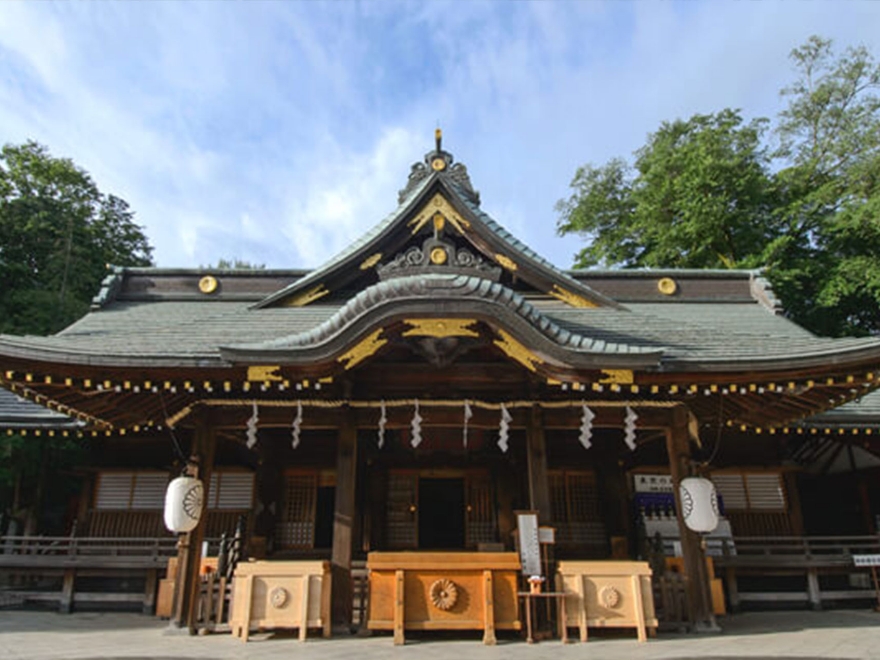

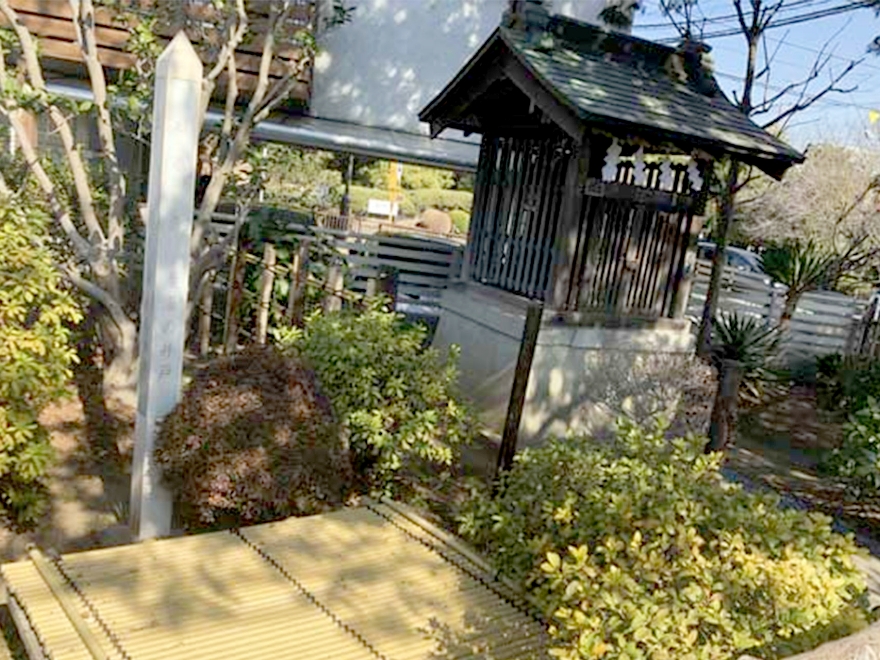

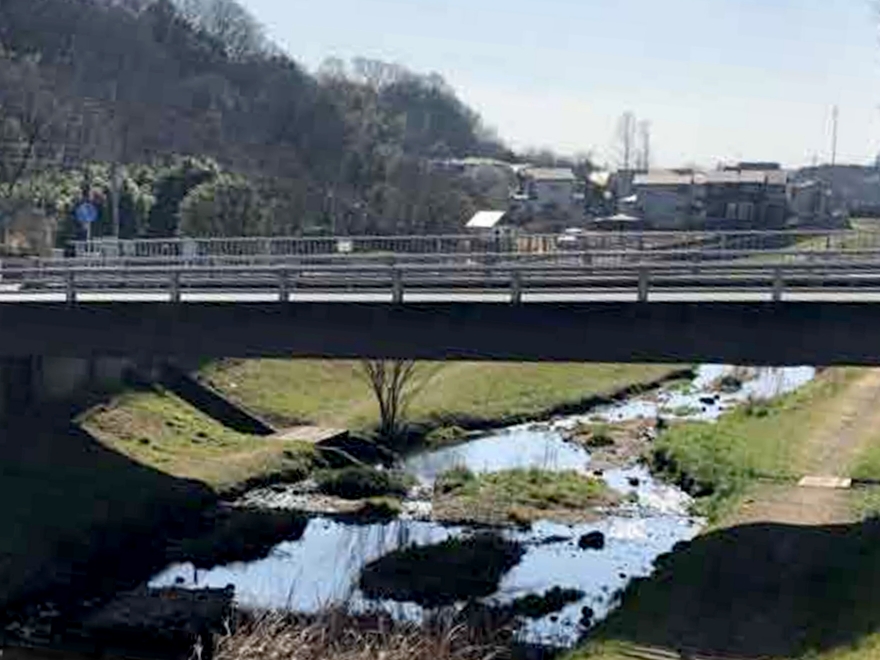

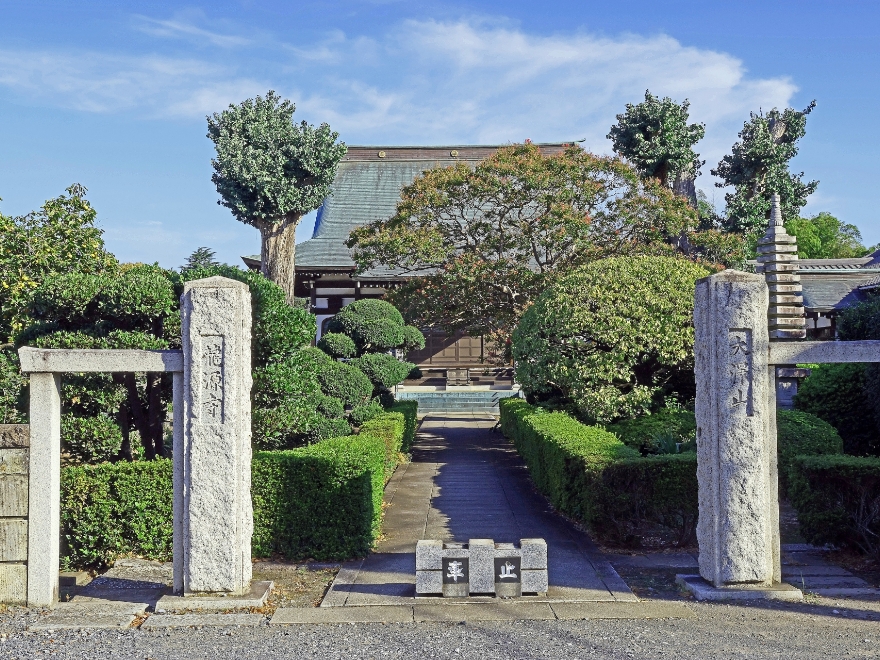

※The fare may be deducted if you bring the card close to the reader before the driver informs you.
※If the charge balance is insufficient, charge it on the bus and use it (1,000 yen bills in 1,000 yen increments)
※Please prepare your PASMO/Suica in advance.







